Papal Conclaves Explained: The Process Of Selecting A New Pope
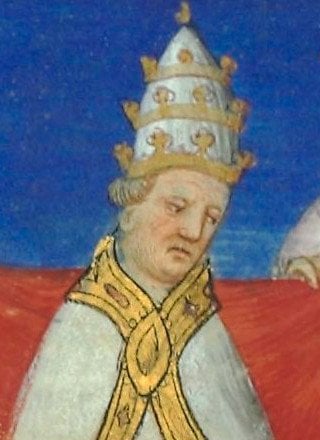
Table of Contents
Understanding the Historical Context of Papal Conclaves
The procedures surrounding the election of a new Pope have evolved significantly throughout history. Early methods were often tumultuous and prone to political influence, involving factions vying for power within the Church. These early elections sometimes lacked the formality and structured process we associate with modern Papal Conclaves.
- Early methods of papal election: In the early centuries of the Church, the selection process was less formalized, sometimes involving popular acclamation or the decision of influential figures within the Church hierarchy. These elections often led to conflicts and disputes.
- The introduction of the Conclave system: The Conclave system, designed to reduce outside influence and ensure a more orderly process, emerged gradually over time. Its formalization aimed to create a more secluded and deliberative environment for the cardinals to choose the next Pope.
- Key historical conclaves and their significance: Numerous historical conclaves have left their mark on the Church's history. Some were relatively short, while others dragged on for weeks, reflecting the challenges and complexities of reaching a consensus. The length and circumstances of these conclaves often revealed underlying power struggles and theological debates within the College of Cardinals.
- Modern reforms and their impact: The 20th and 21st centuries have seen significant reforms in the Papal Conclave procedures. These reforms aimed to streamline the process, enhance transparency (as much as is possible given the secrecy involved), and further minimize external interference. The introduction of clearer rules and regulations has contributed to a more efficient and less contentious selection process.
The Role of the Cardinals in Papal Conclaves
The Cardinals are central to the Papal Conclave. Their role is not merely ceremonial; they are the electors who choose the next successor to St. Peter. Becoming a Cardinal requires a distinguished career of service to the Church, demonstrating exceptional theological understanding, administrative capabilities, and pastoral leadership.
- Cardinal electors and their voting power: Only Cardinals under the age of 80 are eligible to participate in a Papal Conclave and cast their votes. Each Cardinal's vote carries equal weight in the election.
- The importance of Cardinal's experience and theological understanding: The Cardinals' collective knowledge and experience are crucial in selecting a Pope who can effectively guide the Church in the modern world. Their theological insights are paramount in ensuring the continuity of Catholic doctrine and tradition.
- The role of the College of Cardinals: The College of Cardinals, as a whole, acts as the electoral body. Their deliberations, though conducted in secrecy, shape the direction and outcome of the Conclave.
- The influence of different Cardinal factions: While striving for unity, different perspectives and theological viewpoints often exist within the College of Cardinals. These viewpoints, sometimes organized into factions, can influence the dynamics and duration of the Conclave.
The Seclusion and Deliberations within the Conclave
The Conclave itself is a period of intense seclusion. Cardinals are confined within a designated location, usually within Vatican City, with strict restrictions on communication with the outside world. This isolation fosters focused deliberations and prevents undue external pressure.
- Location and security of the Conclave: The location of the Conclave is chosen to ensure security and prevent interference. Strict security measures are implemented to maintain the privacy and integrity of the process.
- Daily routines and restrictions on communication: The Cardinals' daily routines are structured, allowing time for prayer, reflection, and deliberation. Communication with the outside world is severely limited.
- The process of voting and the required majority: Voting occurs through secret ballots. A two-thirds majority is required to elect a new Pope. If this majority is not achieved, further rounds of voting take place until a consensus is reached.
- The use of "fumata" (smoke signals): The color of the smoke emerging from the Sistine Chapel chimney signifies the outcome of each round of voting. Black smoke indicates no Pope has been elected, while white smoke announces the selection of a new Pope.
The Voting Process and Election of the New Pope
The voting process is designed to guarantee secrecy and impartiality. Each Cardinal writes the name of their chosen candidate on a ballot. These ballots are then collected and counted. The process is repeated until a candidate secures the necessary two-thirds majority.
- The secrecy surrounding the voting process: The entire voting process is shrouded in secrecy, preventing outside influence and ensuring the freedom of each Cardinal to vote according to their conscience.
- The number of ballots required for election: The number of ballots varies depending on the Conclave. Sometimes a Pope is elected quickly; other times, numerous ballots are needed.
- The announcement of the new Pope ("Habemus Papam!"): The moment a Pope is elected, the announcement "Habemus Papam!" ("We have a Pope!") is made from the balcony of St. Peter's Basilica, signaling the conclusion of the Conclave.
- Procedures for handling a prolonged conclave: If a Conclave extends for an extended period, provisions are made to address the physical and mental well-being of the Cardinals.
The Papal Inauguration and the Beginning of the Pontificate
Following the election, the newly elected Pope undergoes an inauguration ceremony, which traditionally involved a Papal Coronation. In modern times, this has been simplified. The newly elected Pope then assumes the responsibilities of leading the Catholic Church worldwide.
- The Papal Coronation (or its modern equivalent): The inauguration ceremony, while retaining its solemnity, has been adapted to reflect contemporary sensibilities.
- The first Papal Mass and addresses: The new Pope's first Mass and addresses mark the beginning of his pontificate and set the tone for his papacy.
- The challenges and responsibilities facing the new Pope: The new Pope inherits a vast and complex organization, facing numerous challenges relating to faith, governance, and the social issues of the modern world.
- The beginning of the new papal reign: The election of a new Pope marks a significant turning point in the history of the Catholic Church, setting the stage for a new era of leadership and direction.
Conclusion
Papal Conclaves, a process steeped in history and tradition, represent a critical juncture in the life of the Catholic Church. From the early, often chaotic elections to the more formalized and regulated procedures of today, this process has evolved while retaining its core purpose: the selection of a leader to guide the Church. Understanding the intricacies of Papal Conclaves – the role of the Cardinals, the voting process, and the significance of the inauguration – is key to comprehending the significance of this event within the global Catholic community. Deepen your understanding of Papal Conclaves by exploring the rich history and complex dynamics of this fascinating process. Learn more about the selection of a new Pope through the process of Papal Conclaves; you'll find numerous resources available to further your knowledge of this significant event in the history of the Catholic Church.

Featured Posts
-
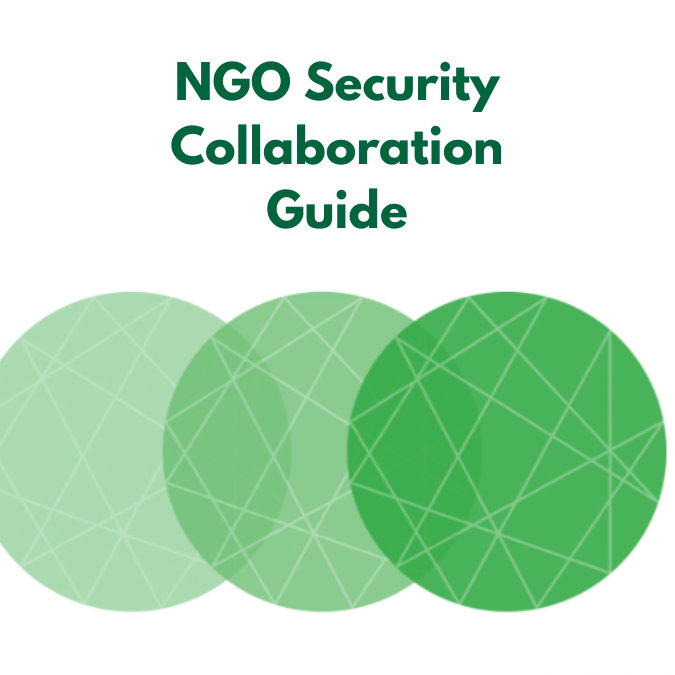 China And Indonesia Expanding Security Collaboration
Apr 22, 2025
China And Indonesia Expanding Security Collaboration
Apr 22, 2025 -
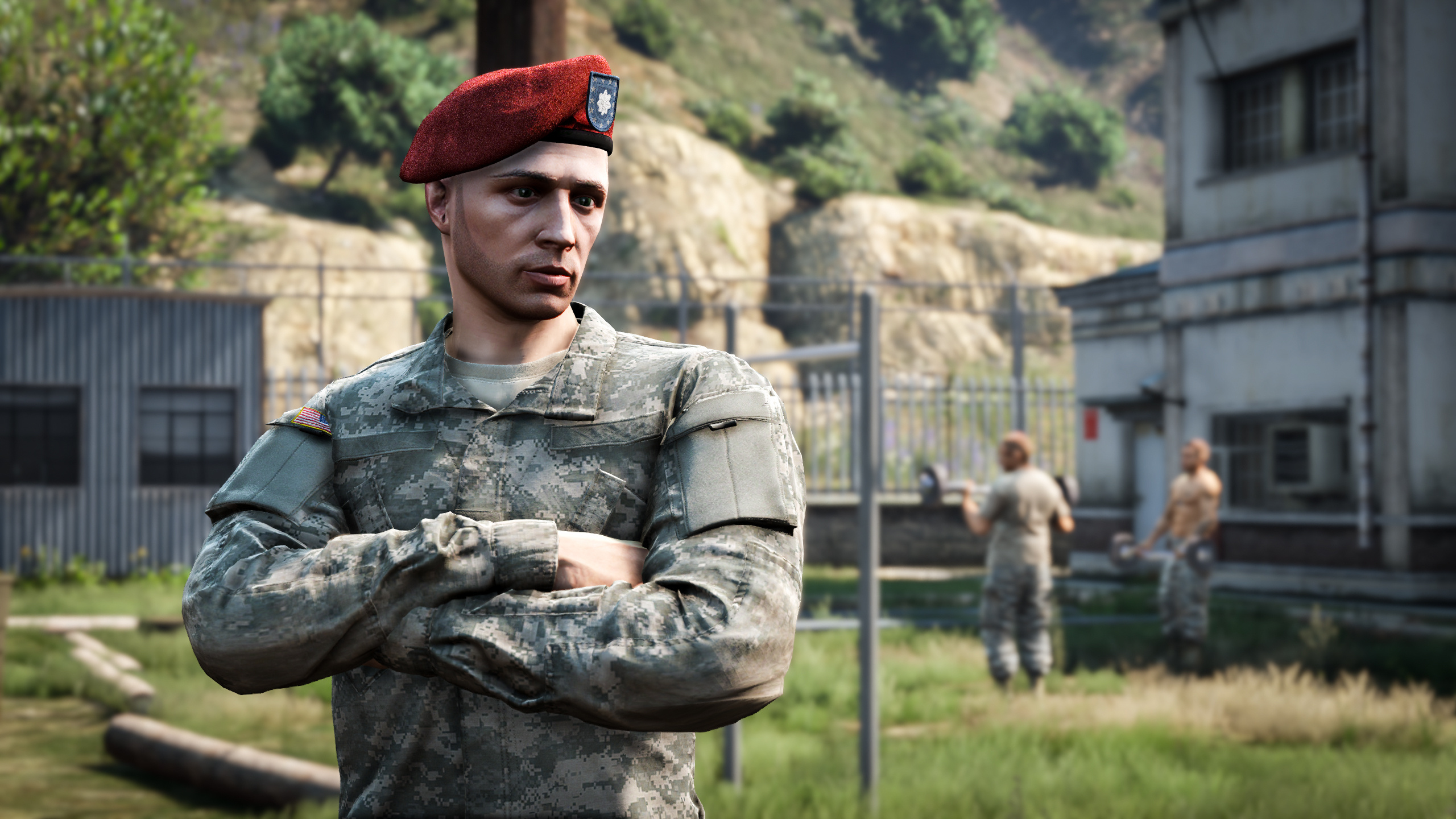 Strengthening Nordic Security The Strategic Partnership Between Sweden And Finlands Armed Forces
Apr 22, 2025
Strengthening Nordic Security The Strategic Partnership Between Sweden And Finlands Armed Forces
Apr 22, 2025 -
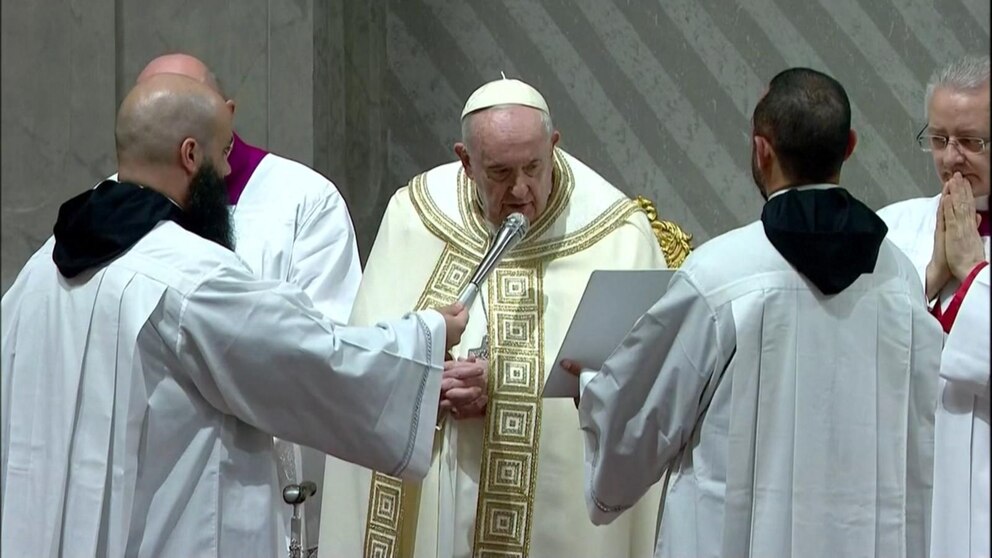 The World Mourns The Death Of Pope Francis
Apr 22, 2025
The World Mourns The Death Of Pope Francis
Apr 22, 2025 -
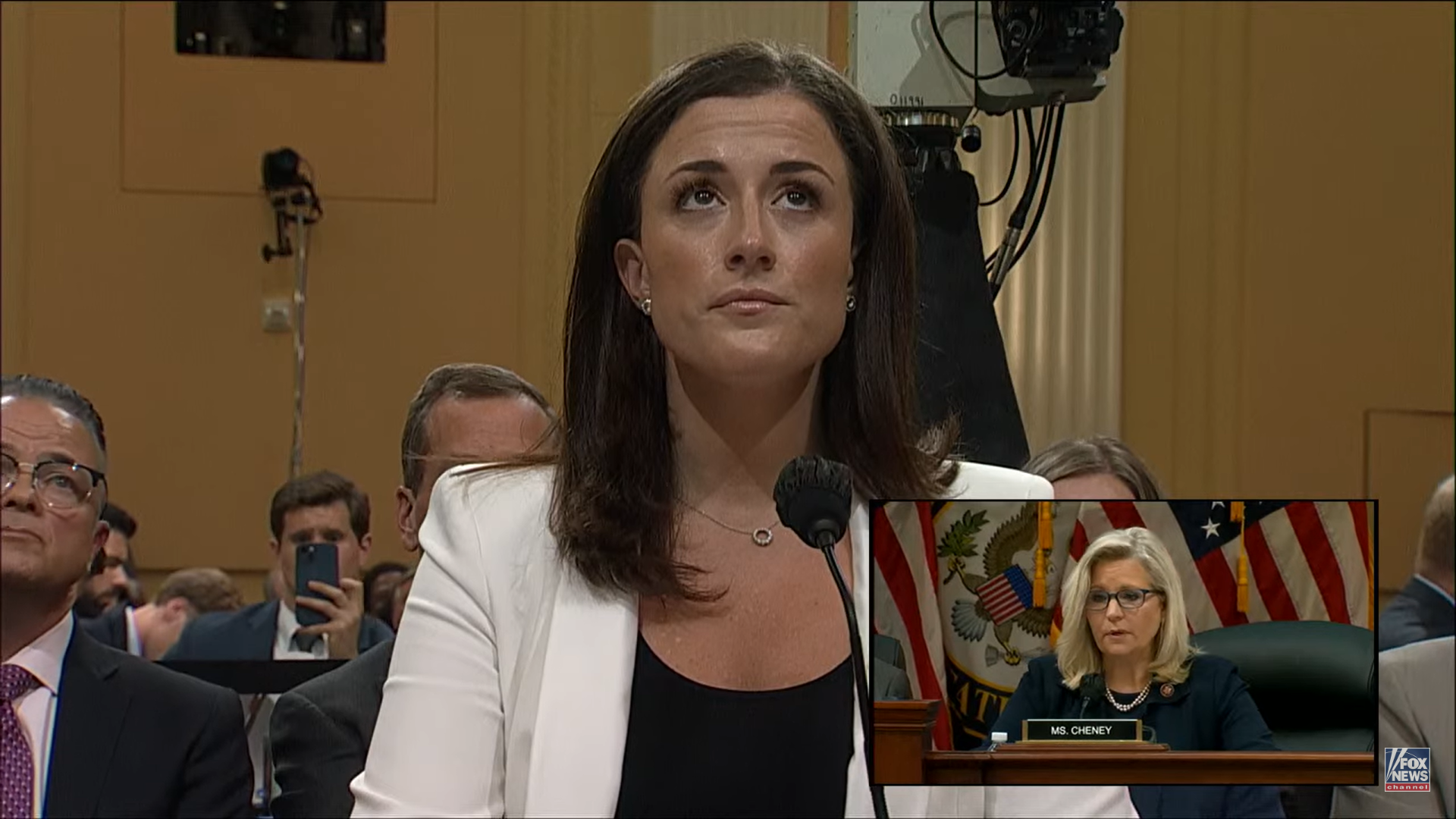 Cassidy Hutchinson From Jan 6 Hearings To Tell All Memoir
Apr 22, 2025
Cassidy Hutchinson From Jan 6 Hearings To Tell All Memoir
Apr 22, 2025 -
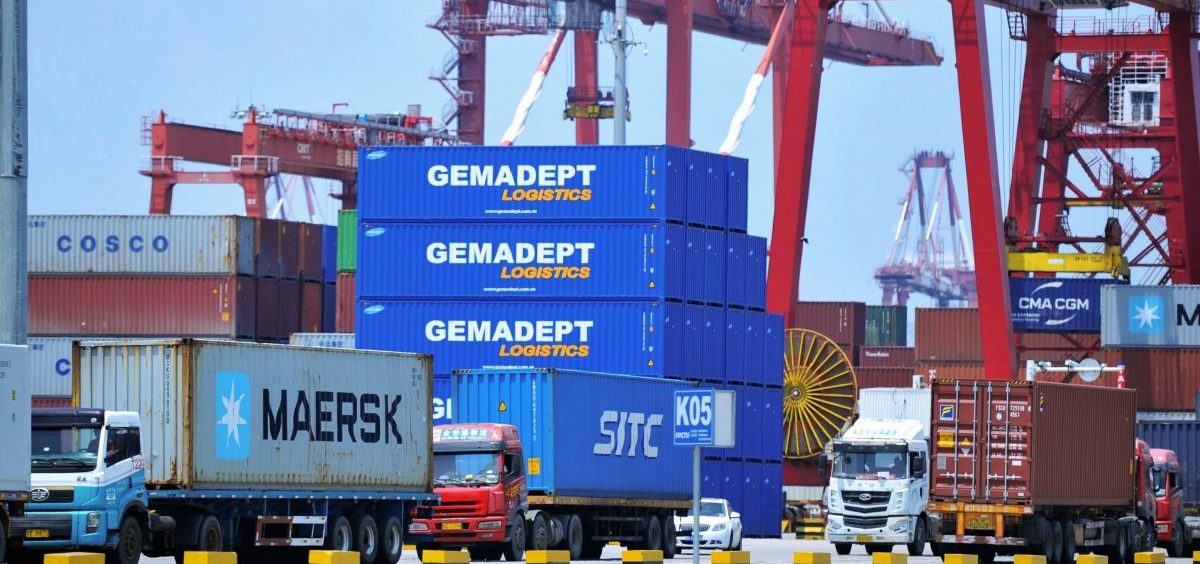 Growing Tensions Trump Administration Announces Additional 1 Billion Cut To Harvard Funding
Apr 22, 2025
Growing Tensions Trump Administration Announces Additional 1 Billion Cut To Harvard Funding
Apr 22, 2025
